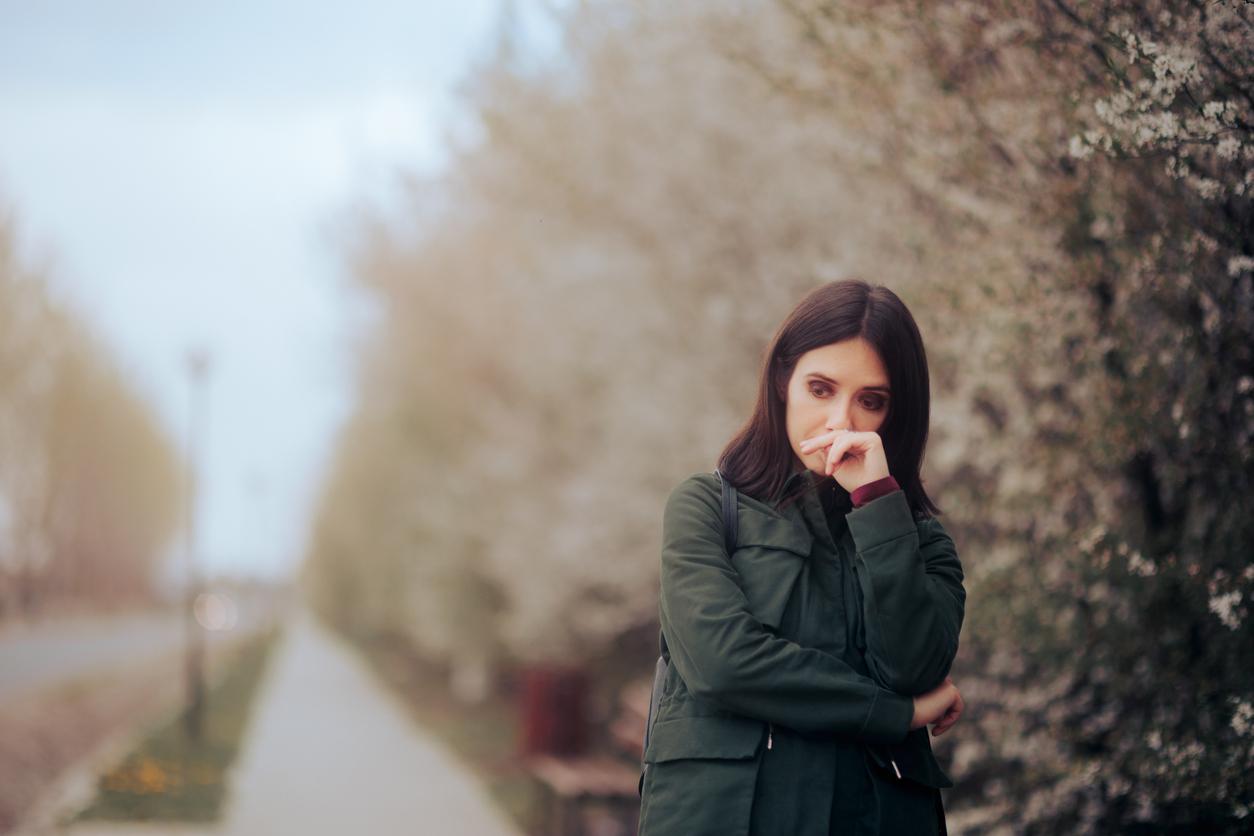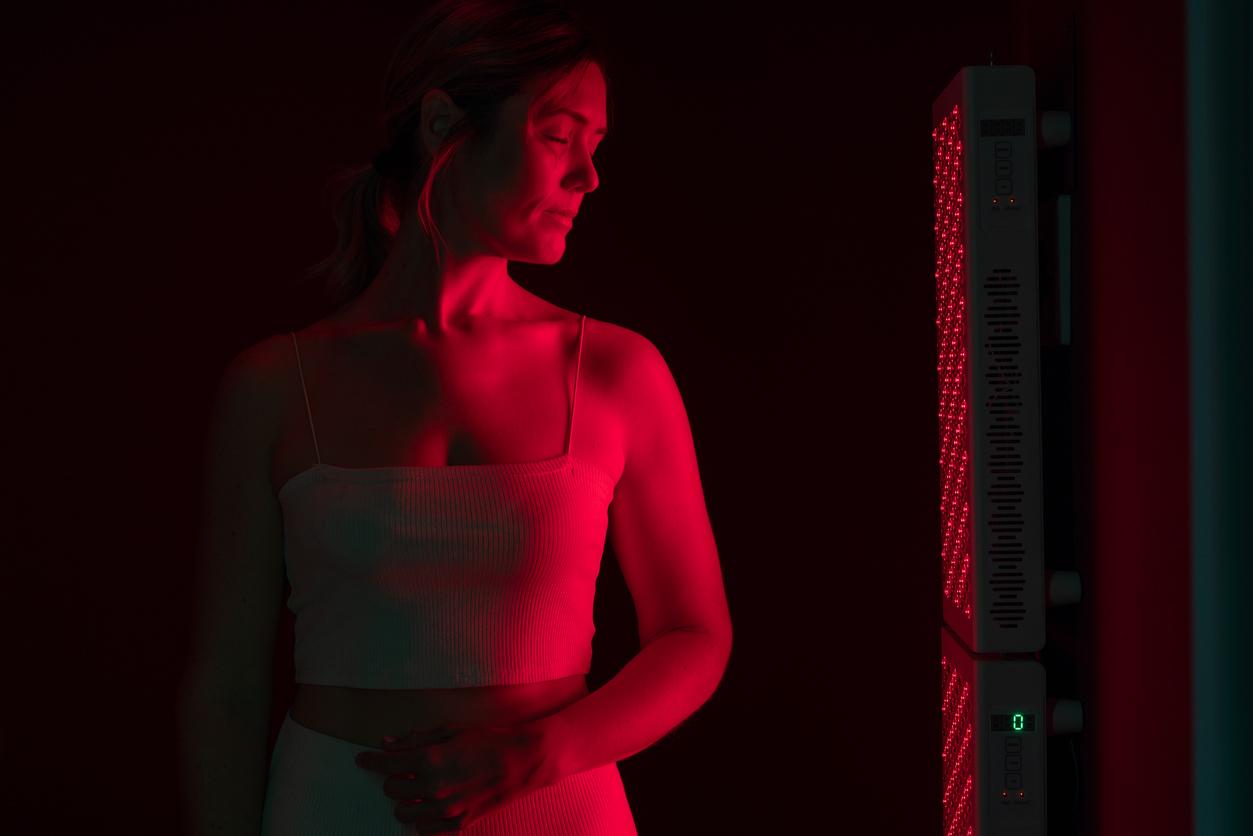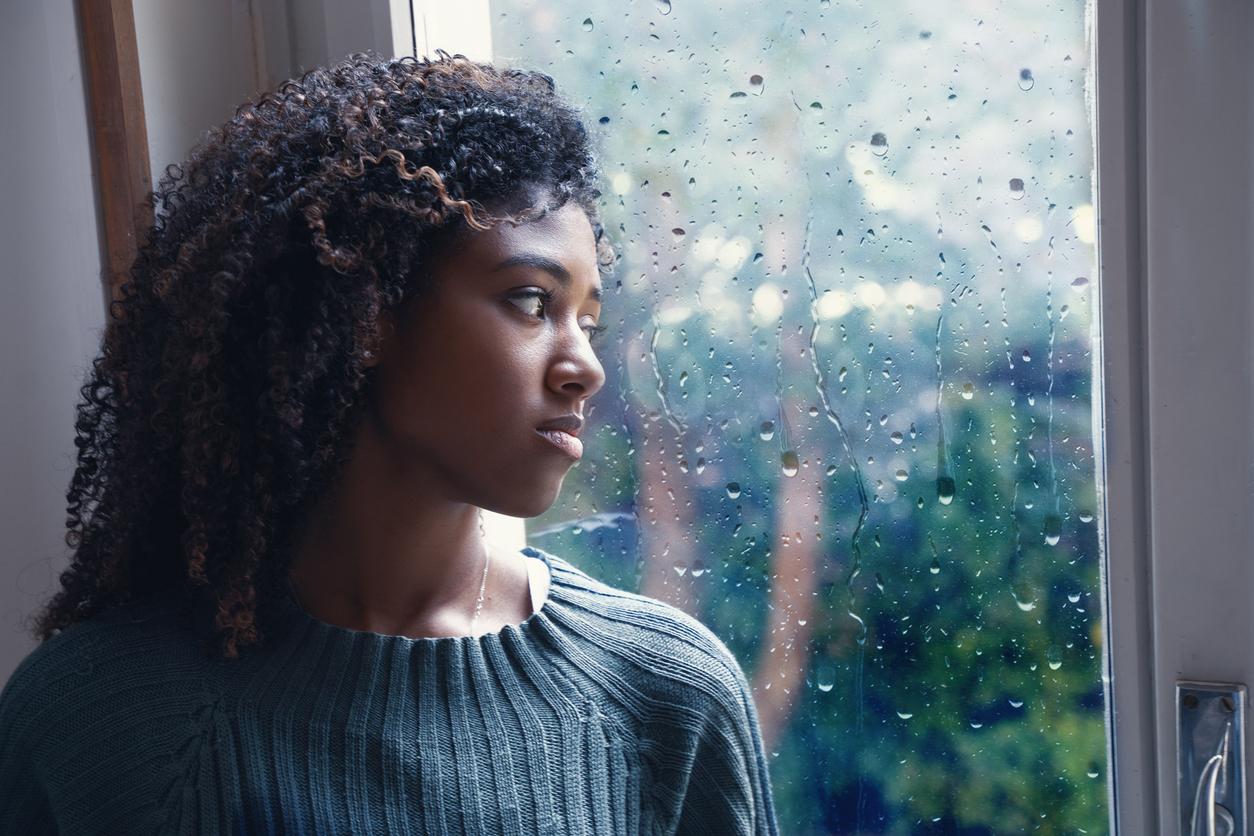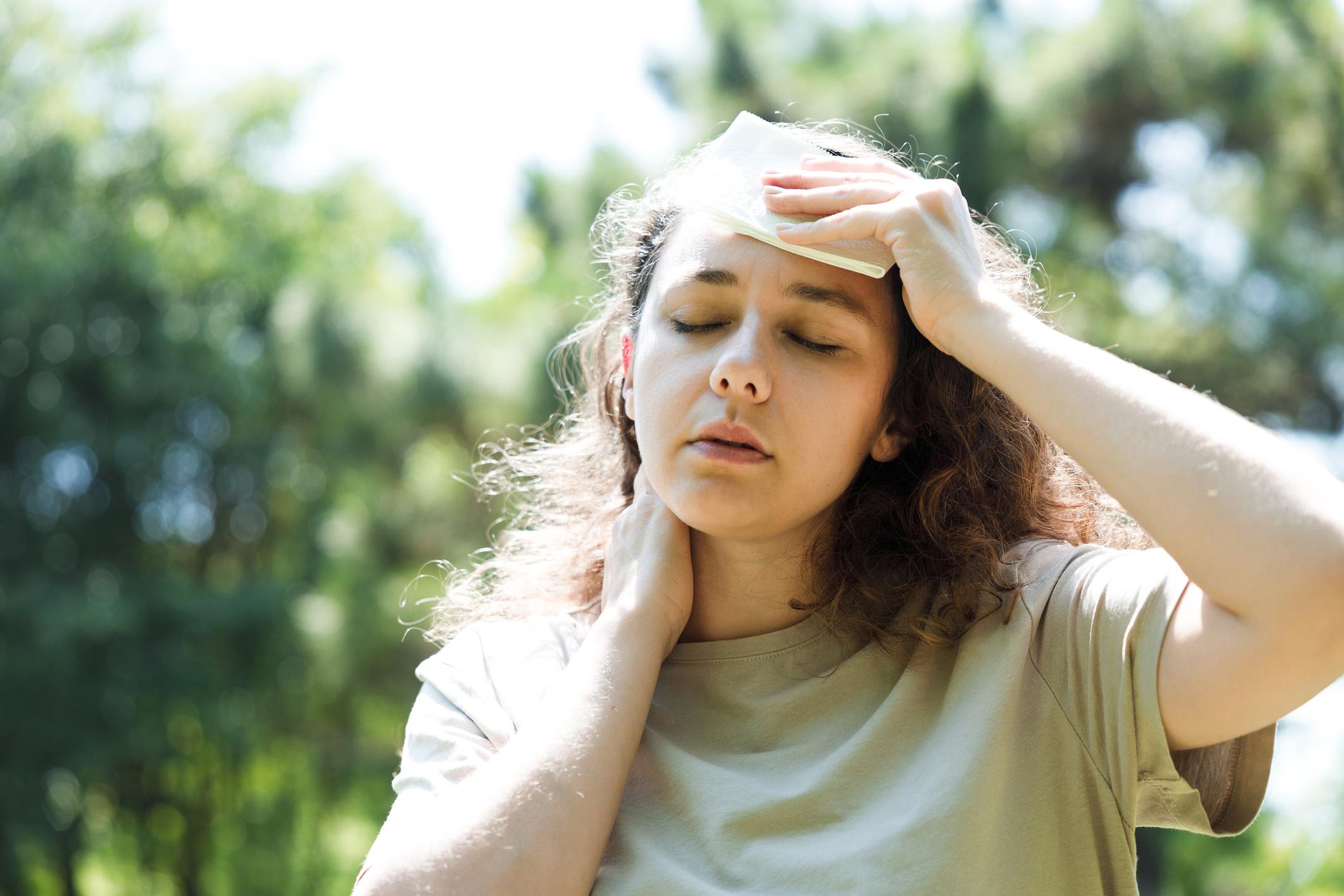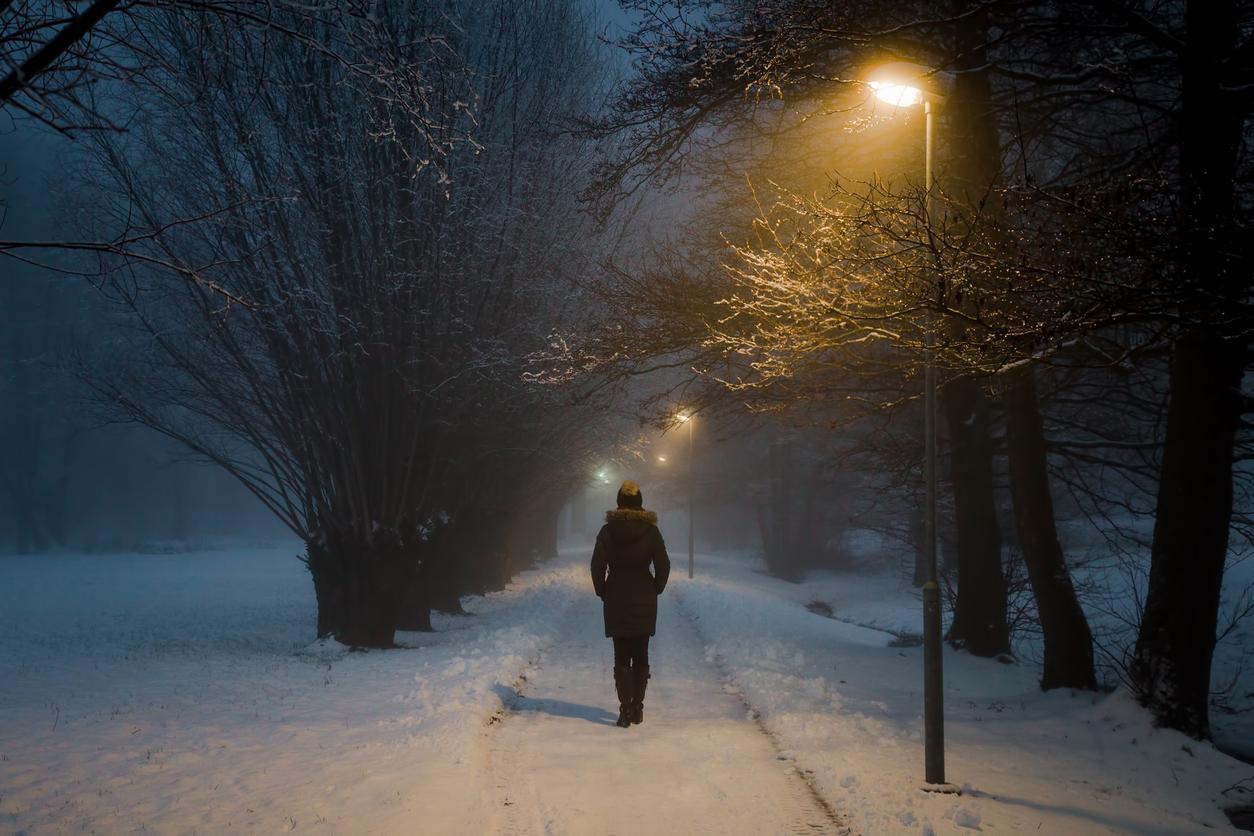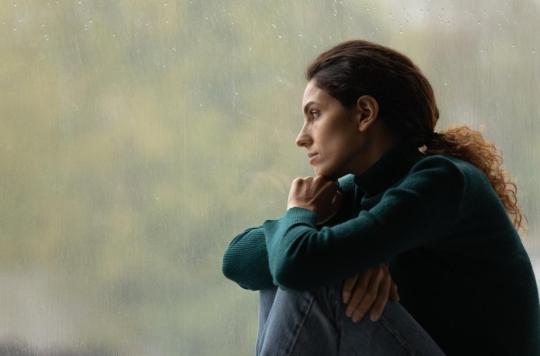A decline in morale or a depressive syndrome occurring in winter and disappearing with spring would be accessible to treatment by light therapy.
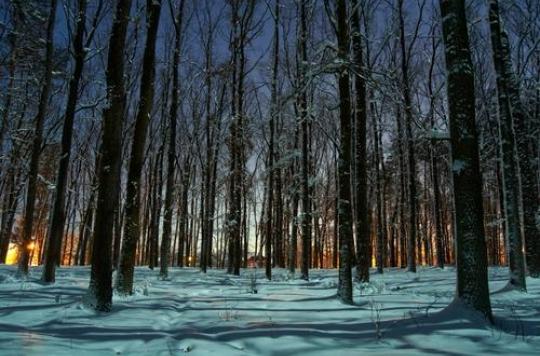
Winter is setting in, the days are less and less bright, and some of us suffer from a drop in our mood and motivation. In some cases, it is even referred to as “seasonal depression”. But does this disorder really exist?
Decreased brightness
Tiredness that sets in, irritability, anxiety, loss of libido, an urge to stay at home, or sadness can be symptoms of depression. For some, fall and winter are conducive to the appearance of these symptoms, but the difference is that they then disappear in spring and summer.
This type of depression is thought to be due to a reduction in the daily duration of sunshine and light, which in turn reduces the production of serotonin in the brain, a neurotransmitter essential in the management of mood.
Light therapy, i.e. exposure to broad-spectrum light, varying in intensity from 2,500 to 10,000 Lux, for at least 30 minutes a day, can help these people balance serotonin and improve their health. to feel better.
A diagnosis called into question
Although everything suggests that it is a seasonal depression, the DSM, the diagnostic reference manual for psychiatrists, does not recognize this disorder. He speaks rather of “atypical” or “reaction” depression, in connection with the change of season.
Yet in traditional depression, by analyzing the impact of weather conditions in 800 depression questionnaires, a team of American researchers found only a very modest impact of winter on symptoms of unipolar depression. According to their study, neither the time of year nor the weather conditions would have an effect on the symptoms of depression.
Although seasonal depression is a diagnosis that should not be overestimated, exposing yourself to as much daylight as possible to get vitamin D and making sure you eat enough omega 3 fatty acid will help prevent low morale. and motivation, whatever the time of year.

.







